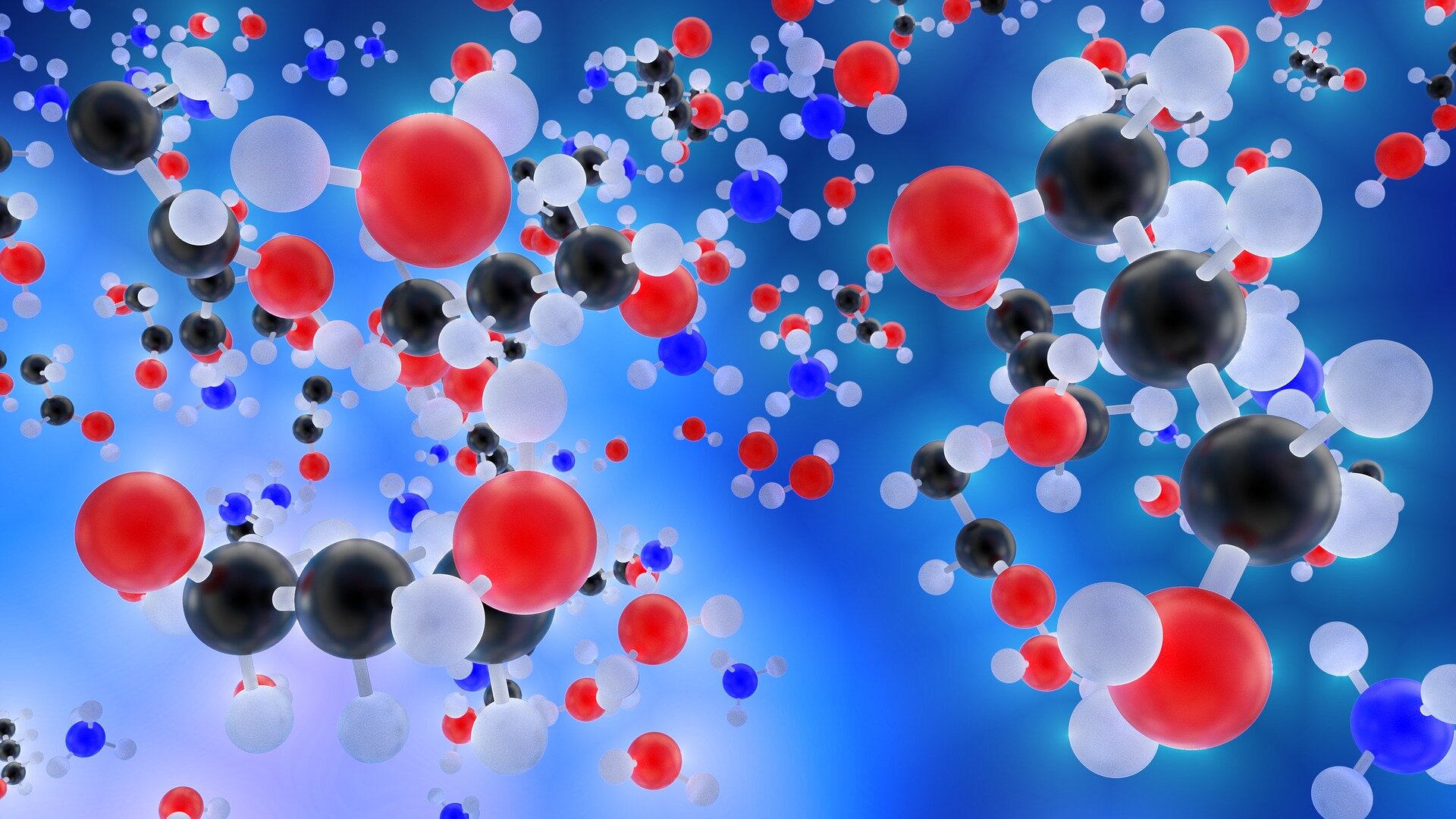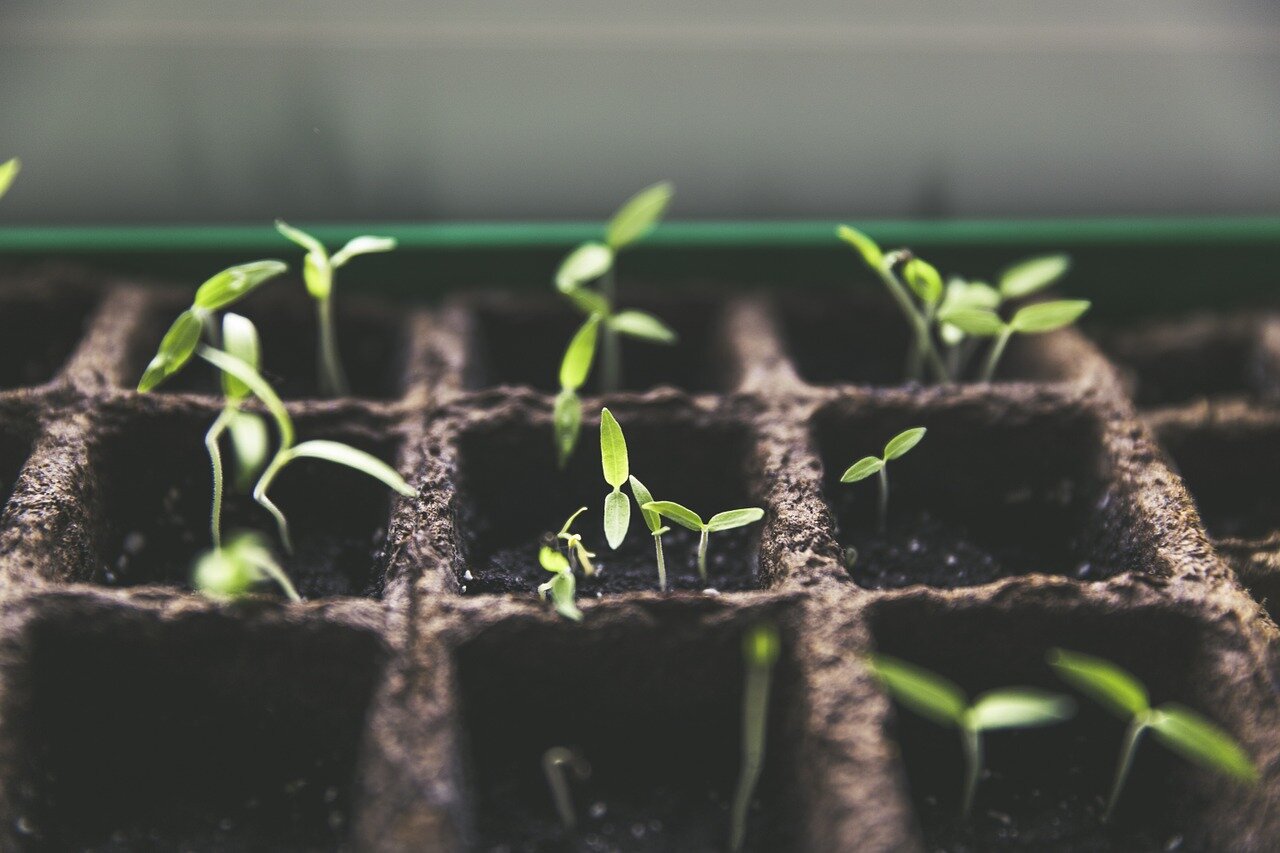An average American farmer from 1930s grew enough food to feed four people. In the 1960s, the farmer produced enough food for 26 people. As of 2012, an American farmer produced enough food to feed 155 people – they almost certainly grow more today.
How did we get so good at producing food so quickly? There is no simple answer to this.
Machines have helped. From sowing seeds to picking fruits and from ploughing fields to watering plants, machines are a vital part of modern agriculture. Machines do a lot of laborious work that early farmers did. There’s less physical work, which increases a farmer’s potential to grow more. Great! But that’s only part of the answer.
Total farmland has only increased by 20 percent since the 1960s, but agricultural production has more than tripled since then. Moreover, there’s considerably less farming land now in America than in the 1960s. As the urban populations expand, farmlands in developed nations continue to shrink.
What’s the secret of producing more in less land? In America, an average farmer now produces around six times more food than a farmer in the 1960s. And he/she grows that amount of food in less land than in the 1960s. So how do we explain this?
Fritz Haber’s invention of making synthetic ammonia from nitrogen and hydrogen gas is a big factor. He made this invention in the early part of the 20th century, so synthetic ammonia was the norm in the 1960s farming, but their use in developing countries was low. Developing countries have now caught up in this area too. Synthetic fertilisers and pesticides have helped improve crop yield. But there’s more to it than just machines, fertilisers and pesticides. Good infrastructure and policy support is also vital for agricultural growth. As important as they are, I’m leaving policy and infrastructure out of this blog.
Advances in agriculture technologies allow us to create better crop varieties. These improved plants produce more food in less land, so fewer farm workers are needed to feed the population. This frees up more people to work in other sectors, which has obvious benefits. Therefore, advances in agriculture technology aren’t only good for our food production; it also improves the economy and innovation.
Improving crops
Despite having fewer farmers than before, we still have millions of farmers worldwide. The agriculture sector employs one in every four people in employment around the world. These workers aren’t just growing food for us to eat, but they are also finding different ways of improving our diet. Food that tastes better, food that produces more, food that’s resistant to pests and disease. They create food that’s simply…better.
The art of improving our food varieties to meet our needs is called plant or crop breeding. It’s because of plant breeding that our fruits taste so sweet, our cereals yield so much crop, and our food is resistant to several pests.
Crop varieties are vital for our food security and to protect the environment. Farmers have been breeding new crop varieties for many centuries, but breeding technologies have advanced significantly in recent times.
The Green Revolution
It started in 1944 when Normal Borlaug and his colleagues in the International Maize and Wheat Improvement Centre (CIMMYT) started breeding new wheat varieties in Mexico. At the time, the devastating wheat rush fungus ravaged wheat with rust diseases threatening global famines. The CIMMYT team crosses numerous wheat varieties to develop disease-resistant, high-yielding wheat – but there was a problem. The wheat couldn’t stand because it couldn’t bear the weight of extra grains. So Borlaug and his colleagues crossed this variety with dwarf wheat to create a hardier, short-stemmed wheat variety.
The new “semi-dwarf” wheat was shorter than its predecessor, so it didn’t fall with grain weight at the tip and was able to withstand wind. And in the 1950s, this new wheat variety initiated a transformation in agriculture that we know as the “Green Revolution”. As a result, wheat production soared making Mexico self-sufficient in wheat. Today, it accounts for a vast majority of wheat acreage. In the 1960s, Asia was starting its own Green Revolution. Scientists at the International Rice Research Institute (IRRI) in the Philippines developed a similar high-yielding, semi-dwarf “miracle rice” known as IR8. In the brink of famine, the wheat and rice varieties were grown in India and Pakistan in the 1960s. These crops produced unprecedented yields helping save millions of lives. Borlaug won the 1970 Nobel Peace Prize for this work.
Fighting crop disease
Nothing lasts forever. And undoubtedly, good times fly by much quicker than the difficult times. Recently, the wheat rust disease fungi found a way to infect the semi-dwarf wheat in Ethiopia. A devastating rust outbreak in Ethiopia has infected wheat leading to lower yields and low income for farmers, and threatening food security. More recently, the wheat rust returned to the UK for the first time in 60 years. Several other pests and disease also threaten our food security. The decrease in agricultural biodiversity and our dependency on just a handful of crops makes us particularly vulnerable to in the event of a major to a plant disease outbreak. Add to the fact that the world population will exceed nine billion by 2050 and climate change amidst the mix, and we have the entire recipe for a perfect disaster.
To prevent the catastrophe in waiting, we must take note of the approach Borlaug and his colleagues chose to start the Green Revolution. Science and genetics was key to the success of the Green Revolution. Borlaug made full use of genetics knowledge at the time to create his semi-dwarf wheat. The dwarf wheat varieties come from the Japanese Norin dwarfing gene. The Norin 10 dwarfing gene is also scientifically known as the Reduced height gene. Borlaug used this variety to breed the semi-dwarf wheat varieties. Over 70 percent of the commercial wheat varieties now contain the Norin 10 dwarfing genes.
Borlaug recognised the importance of science to improve crops, and used it to the fullest. He was also a supporter of biotechnology to create improved varieties. The father of the Green Revolution felt that the anti-genetic modification (GM) rhetoric and resistance to biotechnology to produce GM crops were “irrational and counterproductive”.
If we’re to start the “Green Revolution II” – which we’ll need at some point – one thing is for sure: science and technology will still play a central role.



Leave a Reply